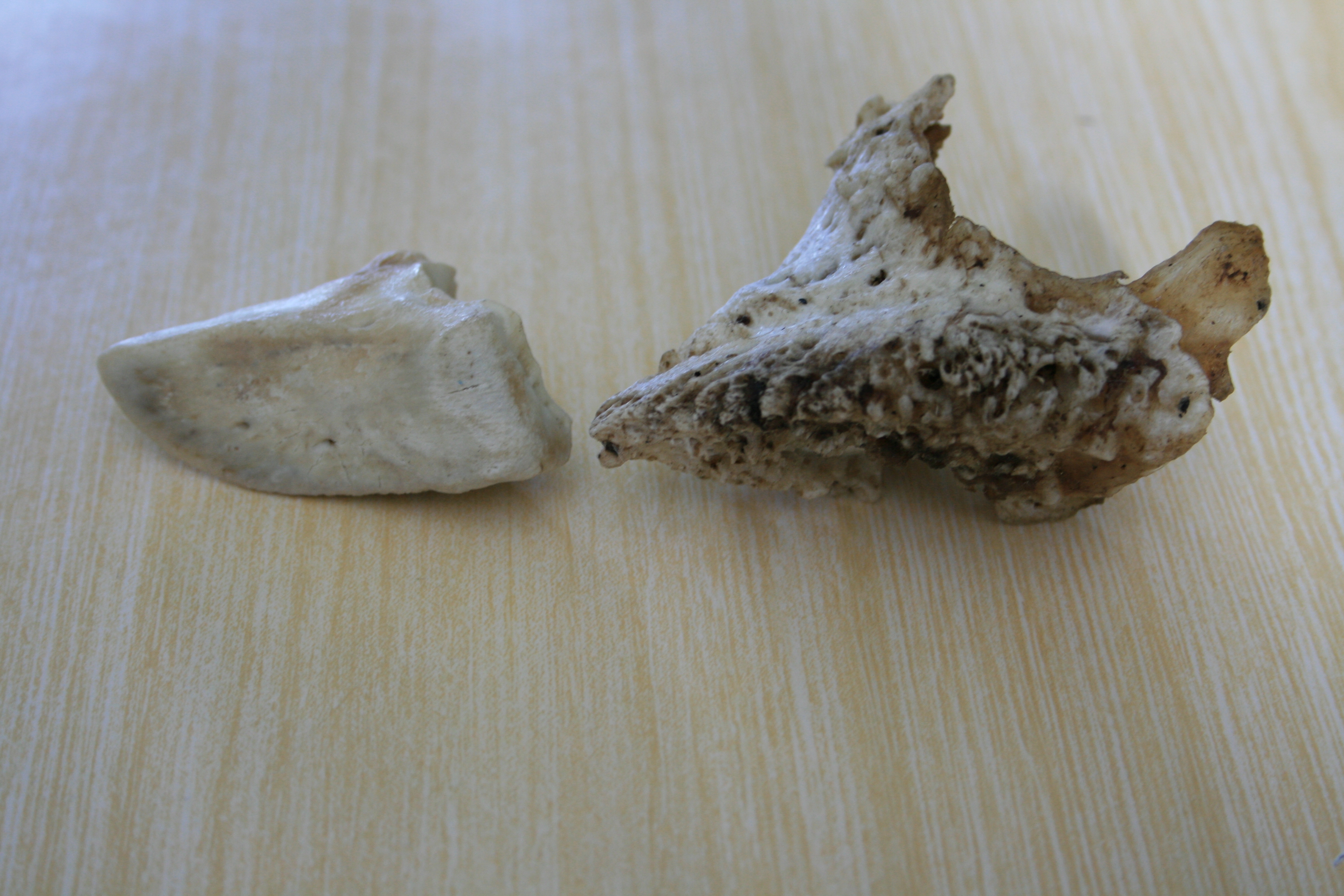The University of Bristol hosted the 17th International Symposium and 9th International Conference on Lameness in Ruminants in August 2013 where researchers and veterinarians from the world of lameness shared the latest research and knowledge about lameness.
Roger Blowey, the highly respected veterinarian, described how the Digital Dermatitis (DD) associated treponeme bacteria can alter gene transcription to assist their own survival. As Nick Evans, University of Liverpool, explained “these bacteria can then fly under the immune radar”.
Roger Blowey presented subsequent papers and posters: the development of non-healing hoof lesions where DD bacteria has been confirmed to be present in sole ulcers, toe ulcers and white line diseases; the detection of DD bacteria on hoof knifes; a clinical case report of death from ingestion of formalin footbath solution. Nick Bell, Royal Veterinary College, also presented a case study of severe chemical burn on cow’s feet caused by formalin.
Research by Margit Groenevelt, University of Bristol, confirmed that early intervention by trimming cows at mobility score 1 & 2 can significantly reduce chronic long term lameness.
One new approach to advance the understanding of the epidemiology of DD was the use of metagenomics by Paul Pulmmer, Iowa State University. The metagenomics technique yielded approximately 15 million DNA sequences from which 1500 different bacterial species were identified. The technique also identified that although the normal bacteria associated with DD were dominant in the later stages of DD, they only made up 30% of the bacteria in the earlier stages. This indicates that bacteria not currently associated with DD could be starter organisms.
A study at Iowa State University showed that cows can have early stage DD months, or even years, before a full DD lesion develops. M Holzhauer, The Netherlands, also identified that DD can start in heifers from 15 months. Dorte Dopfer, University of Wisconsin, stated that when DD gets to the chronic stage, it is almost impossible to cure it successfully. Therefore early identification and treatment is the key to treating and controlling DD.
Karin Orsel, University of Calgary, found only 2.8% of dairy farmers in Canada were using footbaths correctly. This highlights a major weakness in the control of lameness. Veterinarians should work closely with their clients to measure footbath capacity and check dilution rates.
Dorte Dopfer, one of the most influential researchers in the US, forcefully stated that farmers must stop using copper sulphate in footbaths due to its negative effect on crop yields and that the industry must pursue safe effective alternatives. They can no longer grow alfalfa in some areas due to excess levels of copper in the soil.
Jeffrey Bewley, University of Kentucky, presented results of a clinical split footbath study comparing copper sulphate to Hoofsure Endurance. There was no statistical difference between the products. Both demonstrated a 50% reduction in DD in 4.5 months. To ensure rigorous study design, no other treatments were used. In practice, other treatment measures should be used in conjunction with footbathing.
